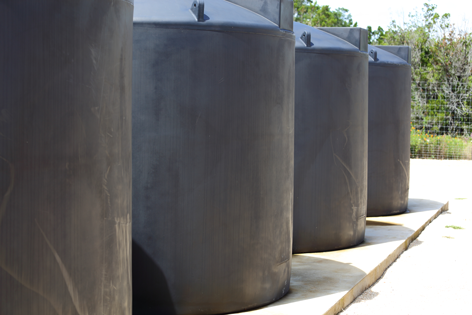

When implementing mechanical, electrical and plumbing (MEP) engineering services in buildings that have scarce water sources, MEP consulting firms oftentimes have to look for ways to offset high costs of water by conserving the limited amounts of water available.
Some of these solutions can include installing low-flow sinks and toilets, as well as designing a water re-use system that cleans and filters water from sinks and toilets and uses it for flushing toilets.
The re-used water used for flushing toilets in water re-use systems is called greywater. Greywater is gently-used water from bathroom sinks, showers, tubs, and washing machines. This water accounts for roughly 30-50% of wastewater sent to our sewers, which means greywater recycling presents a significant opportunity for conservation and cost savings.
Greywater may look dirty—and it does contain traces of dirt, food, grease, hair, or household cleaning materials—but it is perfectly safe to use in toilets, or even for irrigation in yards, as it has not come into contact with any waste or other sources of contamination.
By using a greywater system, a building owner can not only save water, but save costs on his or her water bill.
Commercial greywater systems generally use methods that incorporate a backwash step or air scouring to ensure that no waste water is generated during the process.
There are a number of different ways that greywater can be sterilized; many systems will inject chlorine into the greywater stream to kill pathogens.
In one of PBA’s projects a dye is injected into the graywater system. The piping is separate from sinks, showers, and other areas where potable water is necessary, so there is no chance that the greywater contaminates the potable water system.
The amount of water used by sinks and showers is steady and predictable, which means storage requirements are considerably less, which in turn saves building owners space and costs.
Most greywater systems are used to supply harvested water to flush toilets, since toilet flushing can represent up to 63% of water consumed in an office building. The amount of water reclaimed from sinks and showers can usually meet 100% of toilet flushing requirements.
Greywater systems are typically more cost-effective in hotels or other buildings that have large non-potable water loads from toilet flushing or landscape irrigation.
Scarcity of water and the cost of supplying water to a building should also be considered. A greywater system has more potential to recoup costs and add further savings in areas where water is more limited, as opposed to areas that have more readily-available sources of fresh water.
When Peter Basso Associates was the design engineer on a healthcare project in the Middle East, one of the major considerations was the area’s scarcity of water sources. When working in Saudi Arabia, PBA had to consider the country’s high water costs and implement design solutions that would reduce the amount of water the building used by installing low-flow sinks and toilets. Read the PM Engineer article featuring this PBA project.
Contact us to learn more about how Peter Basso Associates can use its decades of commissioning, engineering and LEED® expertise to help improve your building's operations and performance.
These Stories on Plumbing